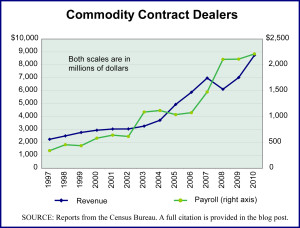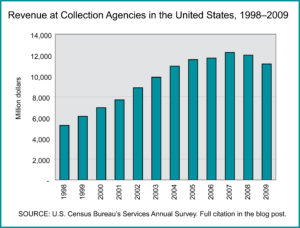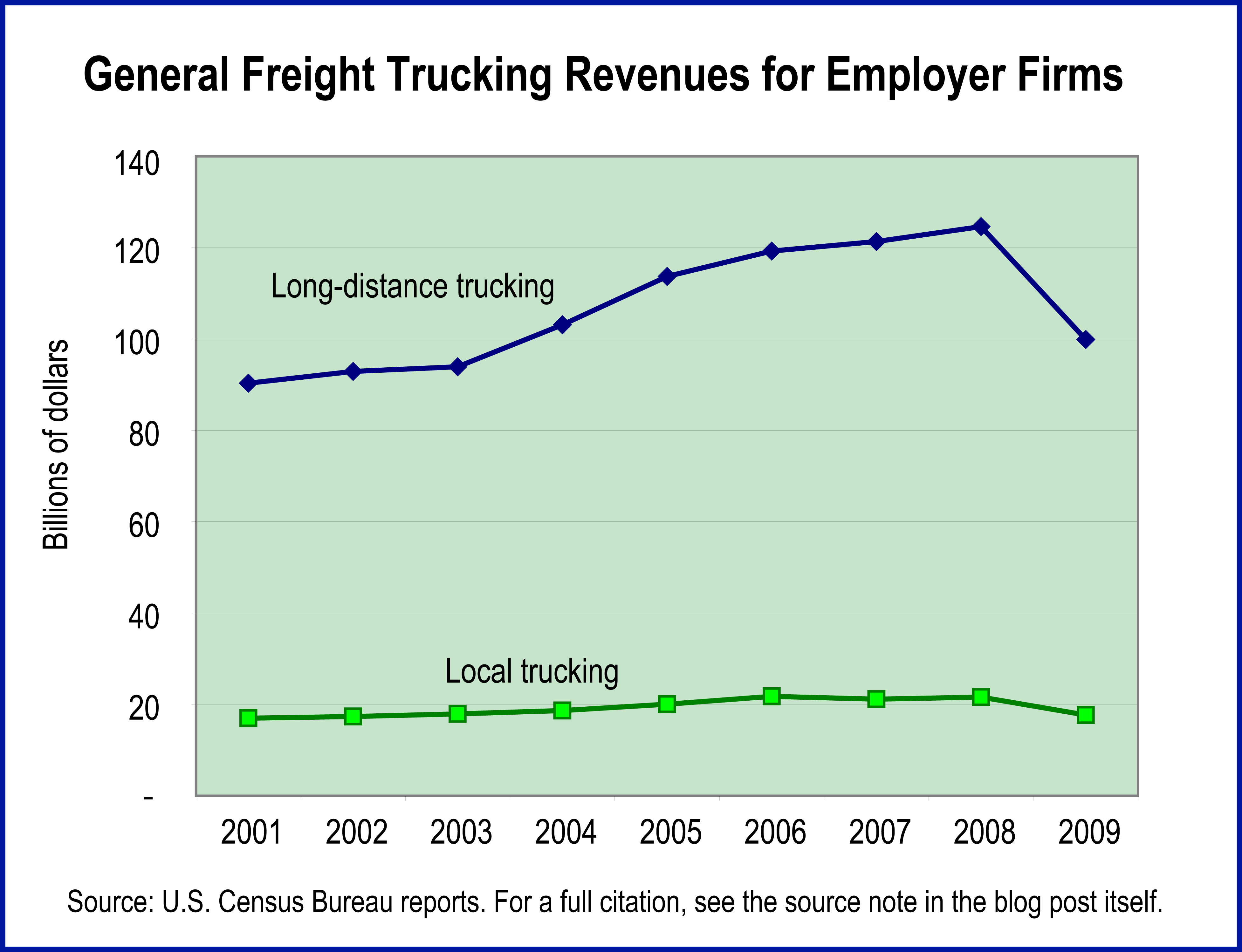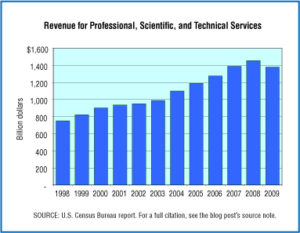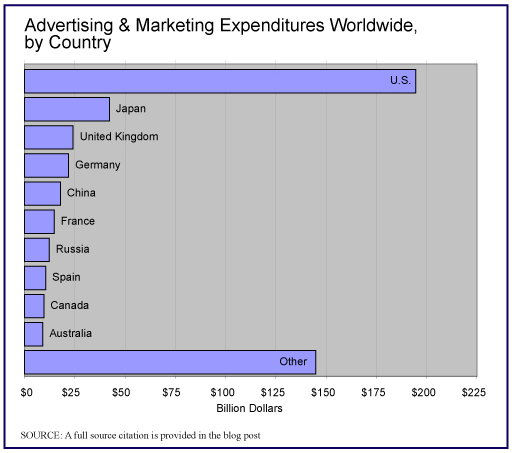
Have you moved to a new residence in the past year? If you have, you’re not alone. According to the U.S. Census Bureau, nearly 32.4 million people changed residences from 2017 to 2018. While this might seem like a high number, as a percentage of the total population, it’s the lowest it has been in at least 70 years. From 1948 through the mid-1960s, the percentage of the population who moved during the year stayed steady around 20%, then declined from the mid-1960s to the 1980s, spiking briefly to 20.2% in 1984-1985. Since then the percentage of movers has trended downward, reaching 10.1% in 2017-2018. Most were interstate moves, 60.51%, but this was down from 65.51% a year earlier. According to the U.S. Census Bureau’s Current Population Survey, most people move to establish a new household or for other family reasons.1 Moving due to a new job or job transfer ranked third.
Today’s market size shows the total revenues for moving services in the United States. Companies in this industry transport used household, institutional, or commercial furniture and equipment via local or long-distance truck, as well as provide related packing and storage services. Various sources provide a wide range of total revenue figures. The American Moving and Storage Association states that annual revenues in this industry total $12.6 billion. IBISWorld reports revenues of $17.9 billion in 2019. The figure stated below is from Dun & Bradstreet. Nearly 70% of the revenue results from local and long-distance transportation services, followed by warehousing and storage services (20.2%). Packing and packaging services account for 7.5% of the total. Leading companies in this industry include UniGroup, which owns United Van Lines and Mayflower Transit; SIRVA, which owns Allied Van Lines and northAmerican Moving Services; and Atlas Van Lines. However, nearly 50% of companies in this industry are small businesses, employing fewer than 5 people. Only 8.5% of companies employ 100 people or more.
1 Other family reasons unrelated to establishing a new household or change in marital status. Change in marital status ranked fifth after moving to be closer to a job.Geographic reference: United States
Year: 2019
Market size: $15 billion
Sources: “Moving Services Industry Profile,” Dun & Bradstreet First Research, June 3, 2019 available online here; “CPS Historical Migration/Geographic Mobility Tables,” U.S. Census Bureau, November 27, 2018 available online here; “About Our Industry,” American Moving and Storage Association available online here; Michael C., “Moving Trends & Relocation Industry Analysis,” Movers Development, May 10, 2019 available online here; “Moving Services Industry Insights From D&B Hoovers,” D&B Hoovers available online here; “Moving Services Industry in the US – Market Research Report,” IBISWorld, July 2019 available online here.
Image source: Clker-Free-Vector-Images, “movers-packing-box-light-vase-24403,” Pixabay, April 3, 2012 available online here.


 What do people think of our product? How successful was our last marketing campaign? Not that long ago if businesses wanted to know the answer to these questions they would have to hire market research firms that would poll select customers about their thoughts. With the widespread use of social media and improved natural language processing and machine learning algorithms, social media analytics tools can provide a more comprehensive picture of how consumers feel about companies and their products.
What do people think of our product? How successful was our last marketing campaign? Not that long ago if businesses wanted to know the answer to these questions they would have to hire market research firms that would poll select customers about their thoughts. With the widespread use of social media and improved natural language processing and machine learning algorithms, social media analytics tools can provide a more comprehensive picture of how consumers feel about companies and their products. According to the survey, Freelancing in America: 2016, commissioned by UpWork in partnership with Freelancers Union, 35% of the workforce—55 million people—in the United States were freelancers in 2016. As of June 2017, there were at least 79 active employment websites for freelancers. Employers post jobs they would like to outsource and freelancers apply for or bid on the work. Many of these jobs are temporary, an employer wanting to outsource a particular project for example. Most of the jobs listed on these sites allow the worker to work remotely.
According to the survey, Freelancing in America: 2016, commissioned by UpWork in partnership with Freelancers Union, 35% of the workforce—55 million people—in the United States were freelancers in 2016. As of June 2017, there were at least 79 active employment websites for freelancers. Employers post jobs they would like to outsource and freelancers apply for or bid on the work. Many of these jobs are temporary, an employer wanting to outsource a particular project for example. Most of the jobs listed on these sites allow the worker to work remotely. 
